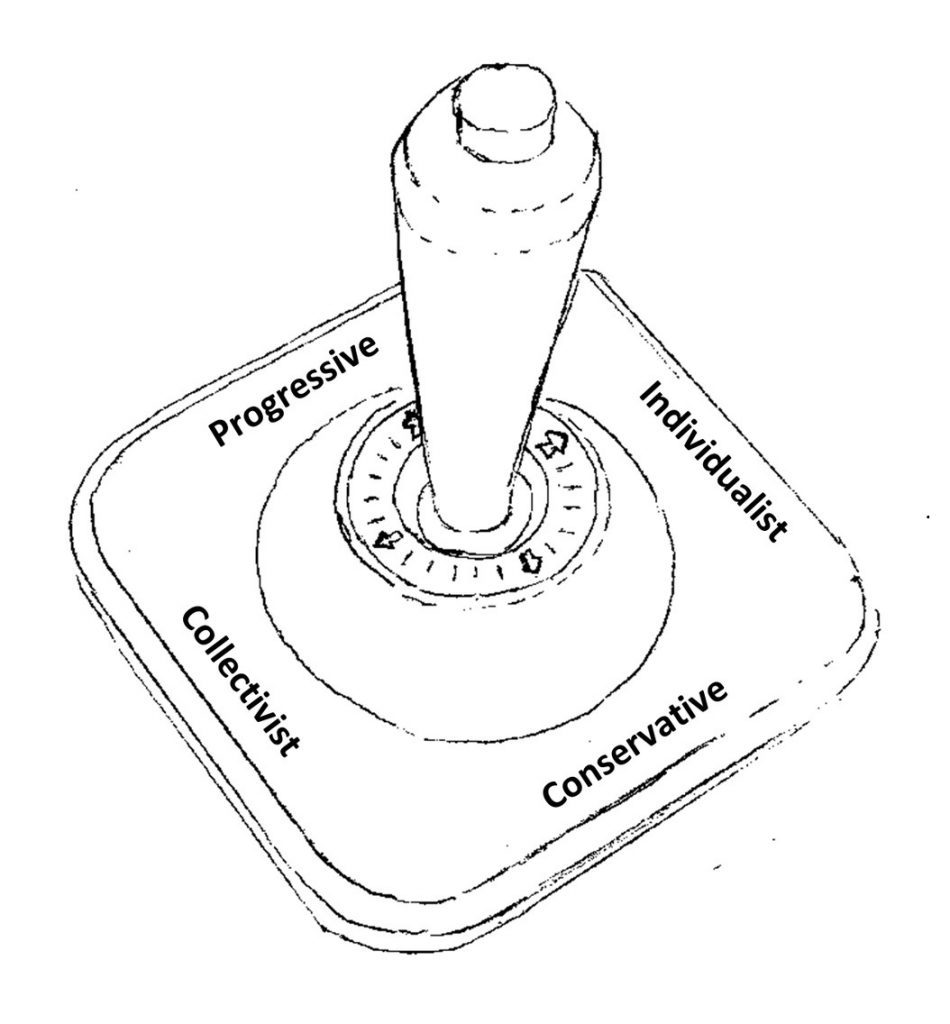6.2.6.2 Adaptive policy-making
Adaptive policy-making becomes essential between elections as unexpected issues arise, and to respond to pressure from the population.
As described above (6.2.6.1), a political party sets out its proposed policies and attitudes to differentiate itself from other parties at an election. Circumstances can change between elections, though, so parties in government have no choice but to adapt. They must respond to each issue as it arises, negotiating among themselves and with other parties to agree a direction for the way ahead.
The coronavirus pandemic in 2020 is a prime example of an unexpected crisis. and the difficulties in grappling with it. A British parliamentary committee report on the government’s response contained some serious criticisms: UK’s early response worst public health failure ever. The government’s initial reluctance to impose a lockdown was partly due to its ideological commitment to avoiding interference in people’s lives, yet it had to change course as the scientific evidence became overwhelming. It was forced into adaptive policy-making very quickly.
The selection of a policy direction can be pictured as moving a joystick to an appropriate position between the ideologies and styles. To pursue the metaphor further, there is a level of feedback from the controls: sensitivity to crosswinds and resistance to tight turns, as parties and governments change direction in response to circumstances – including public opinion – during their terms of office. Proposed policies have to take account of people’s tendency to resist change. A current government tries to demonstrate that it is responding effectively, but an opposition might argue for a different course and challenge the government’s performance.

The political power structure as a whole determines if and how the population can influence politicians. The rest of this chapter analyses political power structures, ending with a summary of the ways in which the population can ensure that it is well served by its politicians: the processes for appointing them (6.8.2), the freedom to influence them (6.8.3) and meaningful political negotiation (6.8.4). It is this total picture which determines whether people can have a hand on the ‘joystick’.
This page is intended to form part of Edition 4 of the Patterns of Power series of books. An archived copy of it is held at https://www.patternsofpower.org/edition04/6262.htm